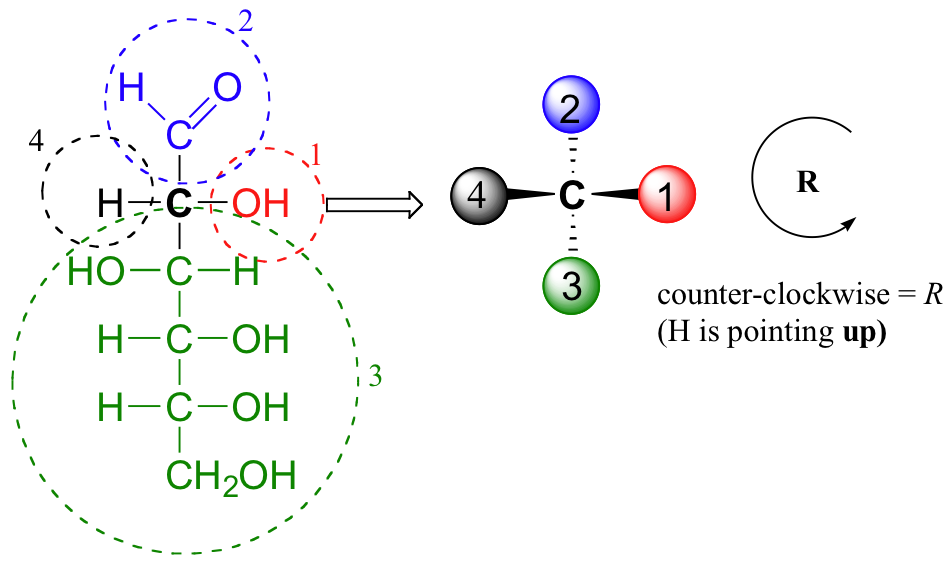Today we learned all about titrations. This lesson was mostly in preparation for next class’s lab. However, we still learned the basics of the topic.
First of all, a titration is an experimental technique used to determine the unknown concentration of a solution. The whole processed can be summed up quite nicely in a neat little diagram. Observe:
Here are some of the parts you can see above:
- The buret (also spelled burette) contains the solution with the known concentration (AKA the stock solution or titrant).
- The stopcock (AKA tap) is a valve that is used to control the flow of the titrant from the buret.
- The pipet (also spelled pipette) is used to accurately measure the volume of the solution with the unknown concentration.
- An Erlenmeyer flask contains the solution with the unknown concentration.
- The indicator is used to identify the end point of the titration if no visible reaction occurs.
You’ll be able to tell when the reaction has taken place because the indicator will change colour. However, don’t add too much titrant! Here is what you should aim for:
And that’s it for notes! We’ll do two quick examples.
Ex.) A solution of 0.5 M NaOH is titrated until neutralized into a 50 ml sample of HCl. What was the concentration of the HCl? The trials are as follows:
| Trial | 1 | 2 | 3 | 4 |
| Final Initial | 11.6 0.2 | 22.4 11.6 | 34.0 22.4 | 44.7 34.0 |
| Volume Used | 11.4 | 10.8 | 11.6 | 10.7 |
First, determine the average. Above, it is 11 mL of NaOH.
Next, write the chemical equation.
NaOH + HCl à HOH + NaCl
Finally, use quantitative analysis to determine the molarity of HCl.
0.025 L x (0.5 mol/L) x 1/1 x (1/0.050L) = 0.25 M HCl
Simple!
Ex.) A 12.8 mL solution of Ba(OH)2 (molarity: 0.75) is tested in a titration experiment. It is reacted with 10 mL samples of HCl. What is [HCl]?
The first step is to write a balanced equation.
2HCl + Ba(OH)2 à BaCl2 + 2HOH
In this example, we don’t need to draw a chart. This is because the volume of Ba(OH)2 is provided for us. It’s only quantitative analysis for this round!
0.0128 L x (0.75 mol/L) x 2/1 x (1/0.010 L) = 1.9 M HCl
That’s it! We look forward to next class’s lab! As always, here’s a titration video to wrap things up:
Posted by Michael.



No comments:
Post a Comment